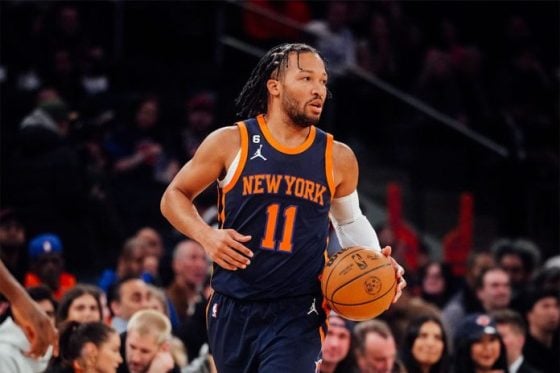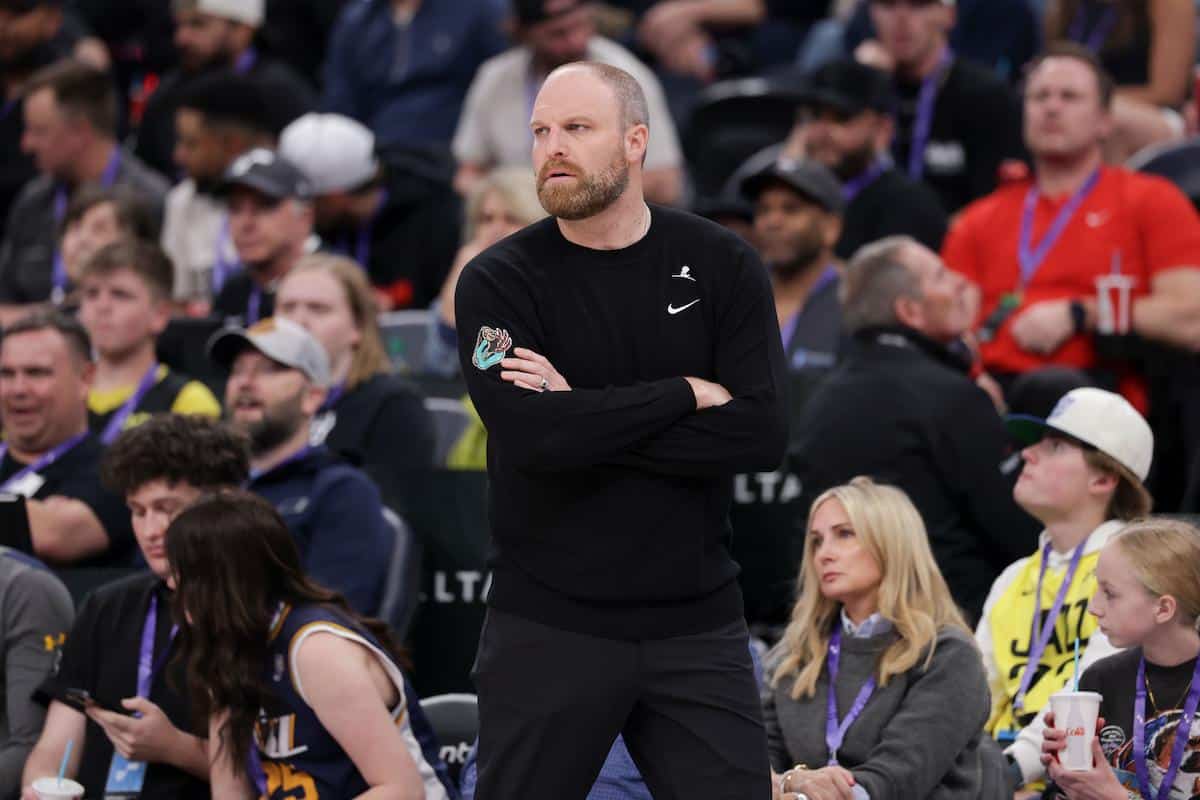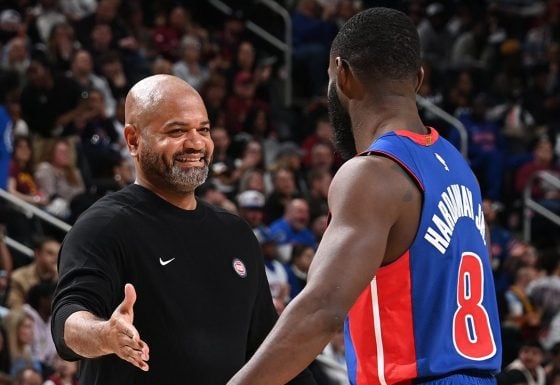The second apron restrictions are working but have also ruffled some feathers among fans on whether or not it’s producing results that are strictly beneficial to the league.
The first trouble is that not being able to retain core players who have been part of successful runs – as is the case with Caldwell-Pope and Thompson – is not fun for longtime fans of teams. Successful teams are expensive to maintain and deeper into those runs the players tend to get worse as they age while still commanding a large salary due to their previous triumphs.
The second problem is that teams that draft well will struggle to keep their talent – and perhaps more importantly, will have to make really tough decisions on who they will keep for the long term.

Take the Thunder as an example. They have (at least) three players who are your typical max extension type of candidates: Shai Gilgeous-Alexander (already on a second contract), Jalen Williams, and Chet Holmgren (both with two seasons before their extensions). Max contracts in the NBA range from 25 percent to 35 percent, so if you have three that’s the entire cap spent. Part of the reason for dealing Josh Giddey (in a good swap for the Thunder) might have been simply not wanting to deal with the next contract – knowing paying Giddey a larger contract was not feasible. Better to move on now.
Traditionally, continuity and smart team-building are exactly the traits you’d like to reward, and punishing teams for doing a good job on those fronts feels unfair. Is it wrong that the Thunder will be forced to move on from much of their young pieces because they are difficult to keep?
An interesting question is how NBA teams will approach this problem of retaining their players. For older players, it may be difficult and there’s nothing to do except hope they agree to play for you for a pay cut. Jalen Brunson took an over $100 million pay cut on his next contract and that gives the Knicks a massive advantage in team building.
By definition, the large contracts are the ones where it’s possible to save most because max players giving up a small percentage of their contract may mean adding a starter-level player on the roster. NBA contracts may have gotten so large that players are willing to sacrifice dollars more than in the past.


Julio Aguilar/Getty Images
When teams are negotiating with their young players, in theory, they have more leverage on extension contracts. A second contract in the hundreds of millions sets a person up for (an extremely well-off) life. It will be interesting to see if teams push for small discounts much harder than before because every cent matters for these larger contracts. If you are a player who is close to a max-type contract but still has a lot to prove, you may be willing to give up dollars to guarantee a big payday as early as possible.
This theory hasn’t worked out in practice at all during the 2024 free agency, as the Magic immediately maxed out Franz Wagner and the Raptors did the same for Scottie Barnes. But those are the types of contracts that tie you into mediocrity unless their young players become Top 10 quality.






